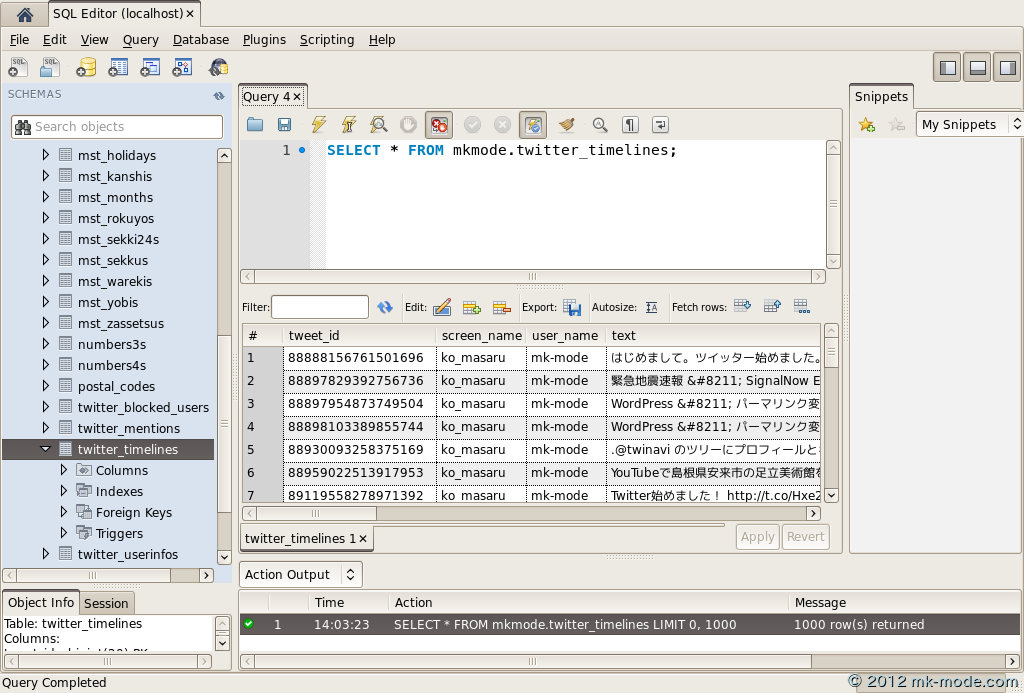

I want to write short and straightforward articles on the well-known database language SQL. As someone who constantly works with data and information while utilizing SQL scripts to pull data and information from databases. With MySQL Workbench, you become more than a database administrator as all your database administration and management needs are met under a single GUI whether you are dealing with local or remote databases.Today, we will discuss and dedicate this article to understanding MySQL and Structural Query language when maintaining data and information. MySQL Workbench Pageįrom here, you can interact with the various MySQL Workbench interfaces that will help you propel your database administration experience. You will be greeted with the following interface. Now that we are sure MySQL Workbench Community Edition is installed on our Ubuntu system, it is time to put it to the test by launching it.
#Mysql workbench setup install#
Now, to install MySQL Workbench Community Edition on Ubuntu through the APT repository, execute the following command: $ sudo apt install mysql-workbench-community
#Mysql workbench setup update#
Once the installation of MySQL configuration is complete without any issues, update the apt-cache again. Navigate to the option as shown on the screenshot below and hit on your keyboard. The execution of the above command will lead to a GUI prompt asking you to select the MySQL version you are currently using. Navigate to the download directory and install the mysql-apt-config file by implementing the following command execution. Next, we need to retrieve a MySQL APT Repository configuration file from the MySQL Community Downloads page or use the following command to download directly on the terminal. The first step prior to the installation of MySQL Workbench is to make sure that your Ubuntu system is up-to-date. Installing MySQL Workbench in Ubuntu Linux
#Mysql workbench setup software#
Also, the MySQL database server software should already be pre-installed on your Ubuntu 20.04 system.

This open-source edition parades some very interesting features like data modeling, data migration, visual SQL development, visual DB administration, and connection management.īefore continuing with the article guide, be certain that you are a root user or you have Sudo privileges on the Ubuntu system you are using.

This article guide will focus on the Community edition since it’s released under the open-source GPL license. They are the Community, Standard, and Enterprise editions. MySQL Workbench is available in three editions. Also, MySQL workbench has a dynamic user platform from database administrators, database architects, to database developers. The MySQL Workbench database management tool is unmatched in its execution of database visual designs. However, the GUI spectrum of phpMyAdmin does not match the graphical tools MySQL Workbench has to offer. Most users rely on phpMyAdmin to administer and manage their MySQL databases. Both of these two approaches are evident with MySQL. One is through a command-line client and the other one is via a graphical user interface. There are two approaches to achieving your MySQL database administration goals.


 0 kommentar(er)
0 kommentar(er)
